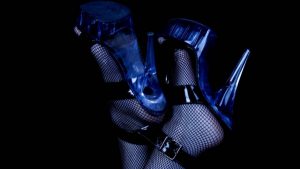 Getty Graduate Symposium
Getty Graduate Symposium
GETTY CENTER
Saturday, January 26, 2019, from 9 am – 6 pm
Museum Lecture Hall
Free | Advance ticket required: https://www.getty.edu/visit/cal/events/ev_2445.html
The Getty Research Institute hosts the first annual Getty Graduate Symposium, showcasing the work of emerging scholars from art history graduate programs across California. Organized into three sessions, the symposium will include nine individual presentations, panel discussions moderated by faculty mentors, and question-and-answer sessions with the audience.
Participating universities include Stanford University; University of California, Berkeley; University of California, Irvine; University of California, Los Angeles; University of California, Riverside; University of California, San Diego; University of California, Santa Barbara; University of California, Santa Cruz; and the University of Southern California.
Participants
Dan Abbe, University of California, Los Angeles
Laura diZerega, University of California, Santa Barbara
Sharrissa Iqbal, University of California, Irvine
Yiqing Li, University of California, San Diego
LuLing Osofsky, University of California, Santa Cruz
Camilla Querin, University of California, Riverside
Ambra Spinelli, University of Southern California
Patricia J. Yu, University of California Berkeley
Yechen Zhao, Stanford University












